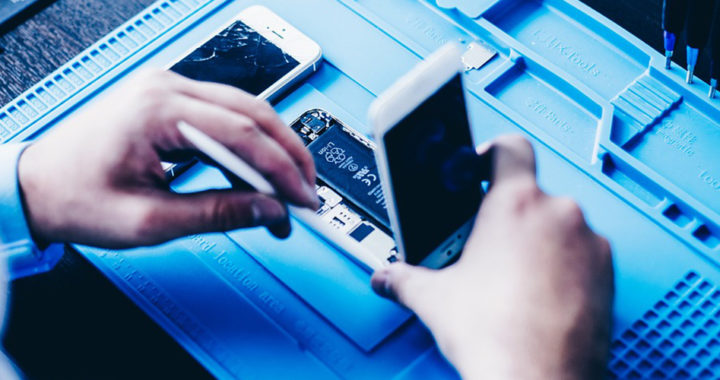What Are the Advantages and Disadvantages of Li-Ion Batteries?
Advantages: The Pros of Lithium-Ion Battery
1. One of the primary pros of lithium-ion or li-ion batteries, when compared to other rechargeable batteries, is that it is more energy efficient due to its higher energy density, minimal rate of self-discharge when not in use, and low to absence memory effect.
2. These batteries also have higher charge-discharge cycles with mid-grades one numbering to 1000 cycles and higher-end ones lasting to 5000 cycles before losing 20 to 30 percent of their maximum charge capacity until they become unusable.
3. Another advantage of lithium-ion batteries is that they charge faster than other rechargeable batteries such as rechargeable alkaline battery, asNiCD, and NiMH batteries that take 50 to 100 percent longer to reach full charge. They are also compatible with fast charging technology.
4. Remember that lithium-ion batteries have higher energy density relative to their physical size than other rechargeable batteries. To be specific, they have a higher charge capacity without being too bulky, thus making them suitable for mobile device applications.
Disadvantages: The Cons of Lithium-Ion Battery
1. High manufacturing cost is one of the cons of lithium-ion batteries. These batteries use expensive onboard computer circuitry for safety and rare or scarce metals such as cobalt and nickel. Hence, Li-ion batteries are more expensive than other rechargeable batteries.
2. The fact that Li-ion batteries require scare materials also means that their applications have become limited. There have been prospects to use these batteries for large energy storage requirements, but production issues hinder these applications.
3. Overheating is another issue. Improper use or electrical problems in the hardware can lead to overheating that in turn, can lead to explosion because of the build-up of gasses and an increase in internal pressure. The explosion can lead further to fire or injuries.
4. Another notable limitation of lithium-ion batteries is their susceptibility to aging effect and deep discharge. These batteries start to degrade once used. In addition, a drop in the voltage of a Li-ion battery below a certain level can lead to deep discharge, thereby leaving it unusable.





